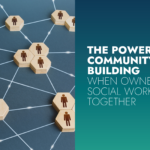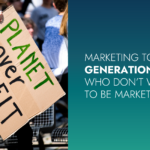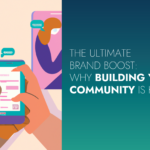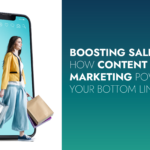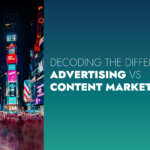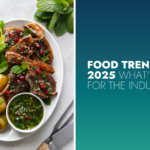Many people in the content marketing sphere will have very defined interpretations of the marketing requirements of B2B and B2C. But are the processes as rigid as many believe? We’re taking some beginner steps into the differing and overlapping strategies and tactics for both.
 Target Audience:
Target Audience:
A B2B marketer has to identify the issues that the target businesses are facing so that they can provide logical content that addresses their specific pain points and creates ROI. The marketing here is not about the actual product or service so much as it is about the people and the brand who will be using the product or service and what it will mean for their business.
A B2C marketer needs to figure out the behavior and goals of their different customers so as to create content that will meet their needs and trigger emotional buying choices by satiating desire, cost or hunger for example. The marketing here is very much about the product itself.
 Content type:
Content type:
B2B content generally needs to produce long-term effects and be very detailed and created with expertise. The focus of B2B content is that of building thought leadership.
B2C often needs to be highly shareable and snappy content that will elicit quick return. The focus is on establishing product exclusivity or simply being genuinely useful for the customer.
 Buyer-customer relationship:
Buyer-customer relationship:
B2B content marketing usually needs to pass through a long chain of employees before it is accepted or purchased. This means B2B are looking to build a close and continued relationship with the brand. These relationships can often last for years. There is a need for more decision makers and creative thinkers to be involved in the B2B process.
On the other hand, B2C is usually just up to the individual customer choice, and is easily influenced by word of mouth and social media presence. The buyer journey may only last for a few minutes.
Key Takeaway:
Target audience is at the heart of the content marketing journey for both B2B and B2C. B2C products and services generally satisfy immediate needs and impulse spending, whereas B2B services fulfill the long-term goals of a business.
The content of B2B and B2C serves varying purposes but with the same end goal; to create content that is valuable for the consumer.
The buyer-consumer relationship for B2B and B2C is similar in that both must map out the customer’s journey through the sales funnel, no matter the length of the buying process.
Please excuse us for the cliché, but both business-to-business and business-to-consumer are ultimately person-to-person. And while the particular role of the person in question will vary, the same rules apply in creating buyer personas to figure out their needs and pain points and curating a product or service that will meet these needs and produce value. No matter the marketing process, building trust and reputation around your brand is key.
To see our simple guide to creating the buyer personas mentioned above, click here.
For our 4 tips to creating a smart content marketing strategy, click here.
Make sure you never miss our posts by following us on social, via Twitter or LinkedIn.






